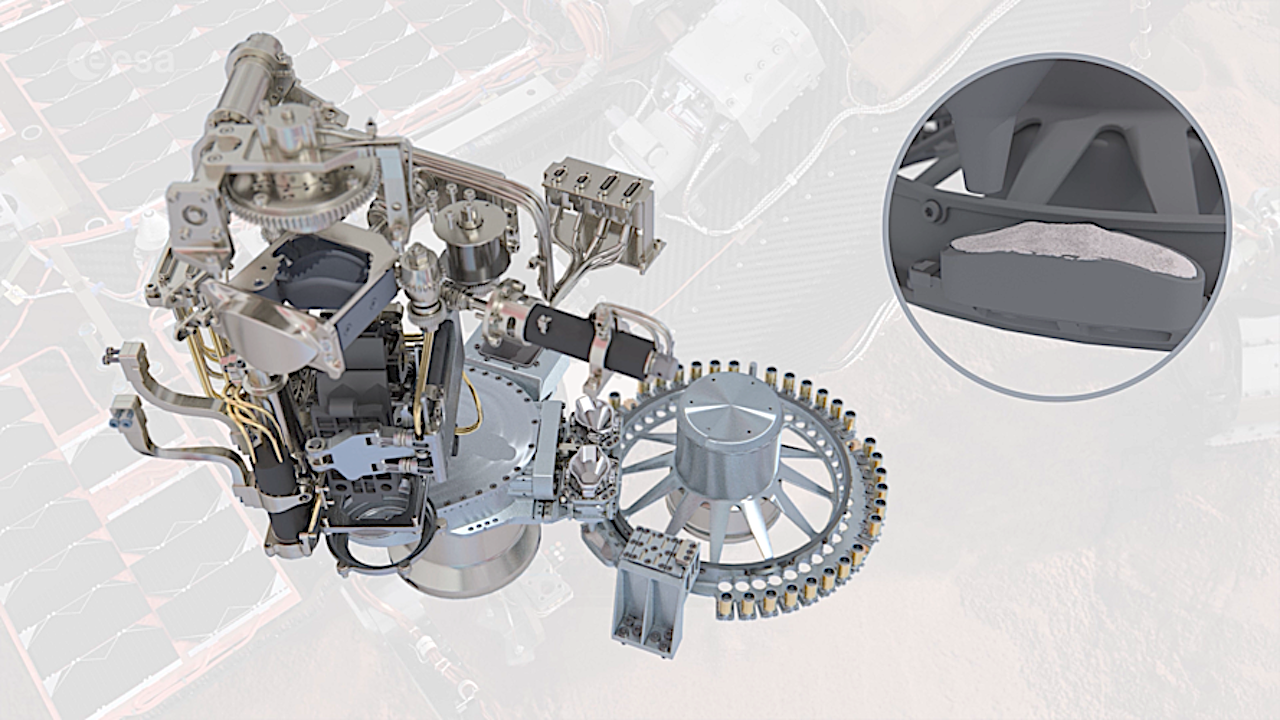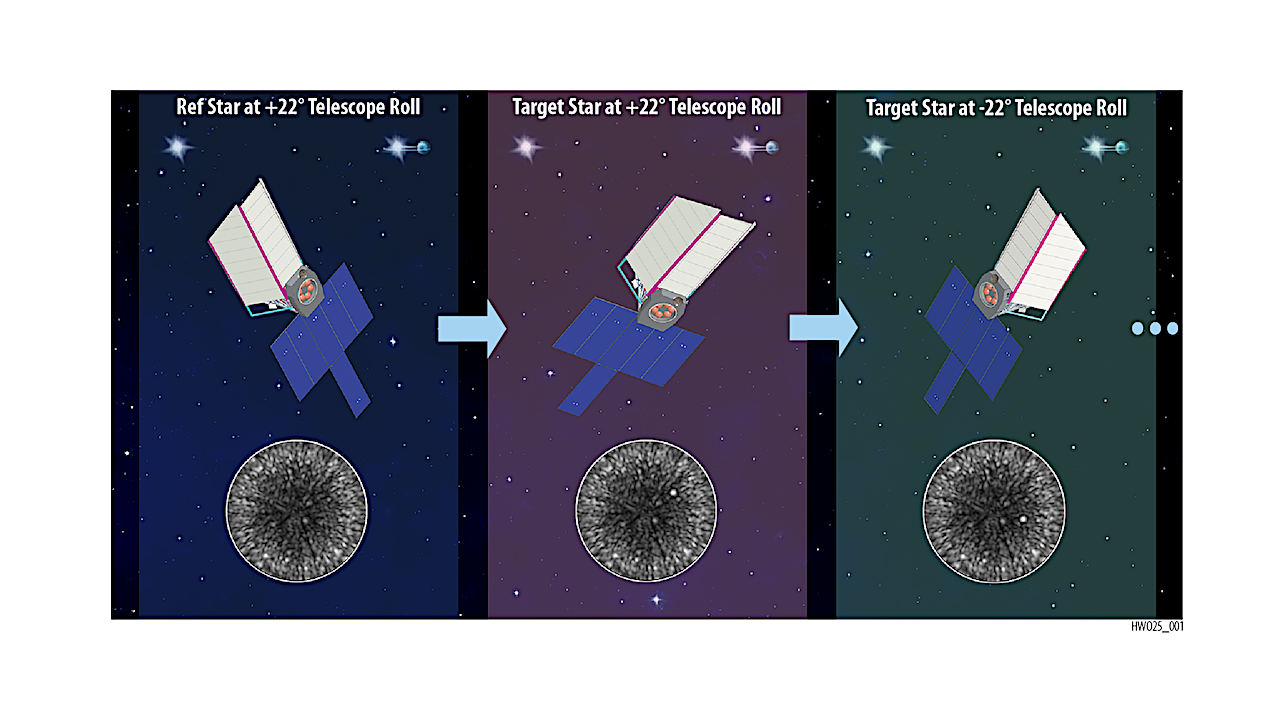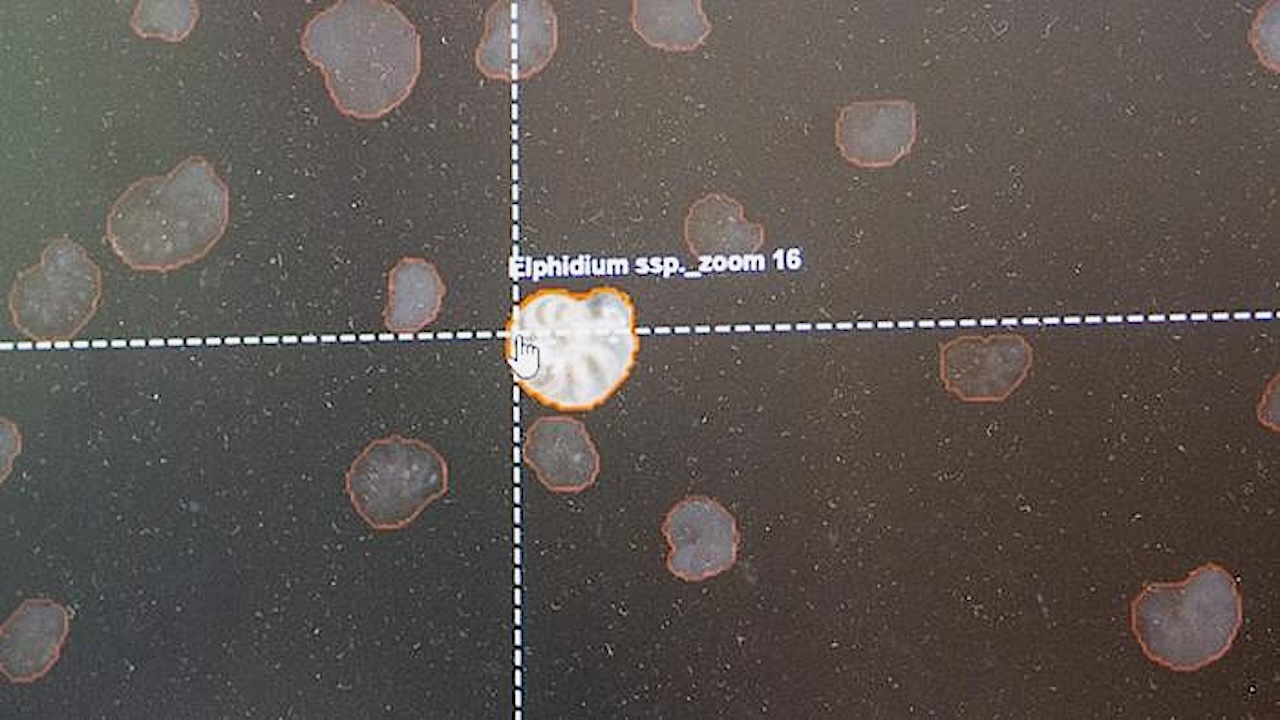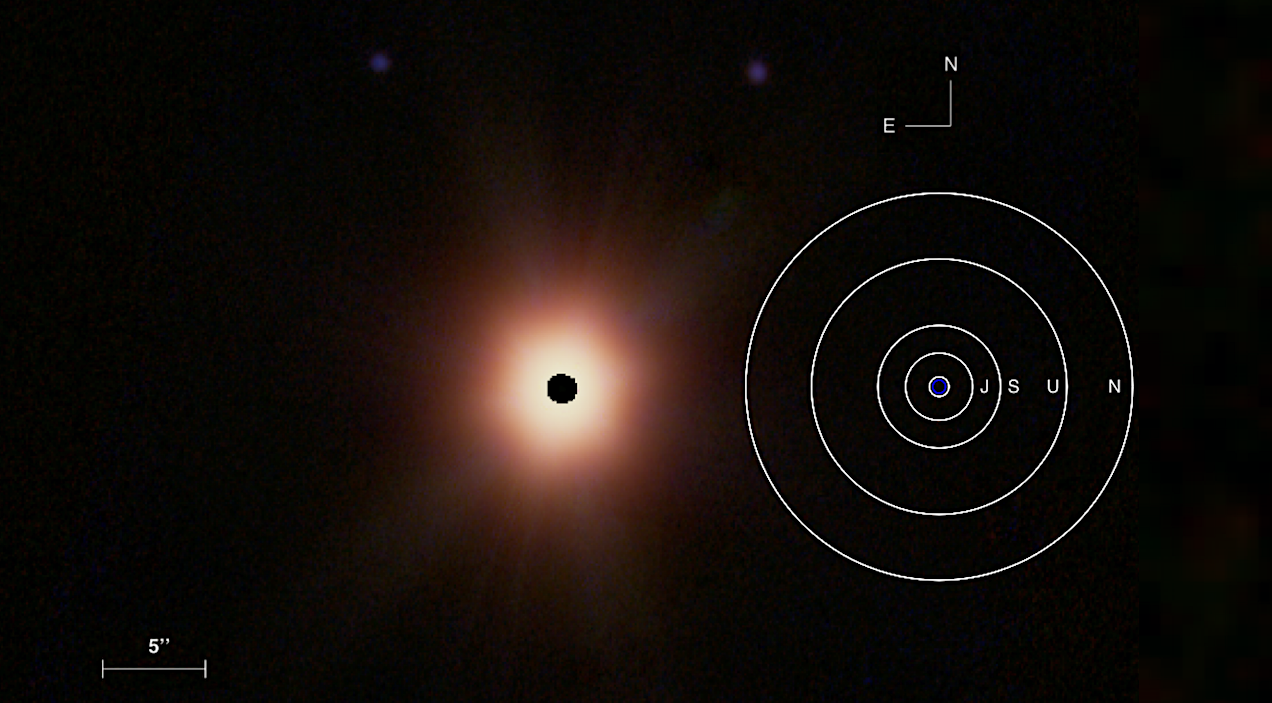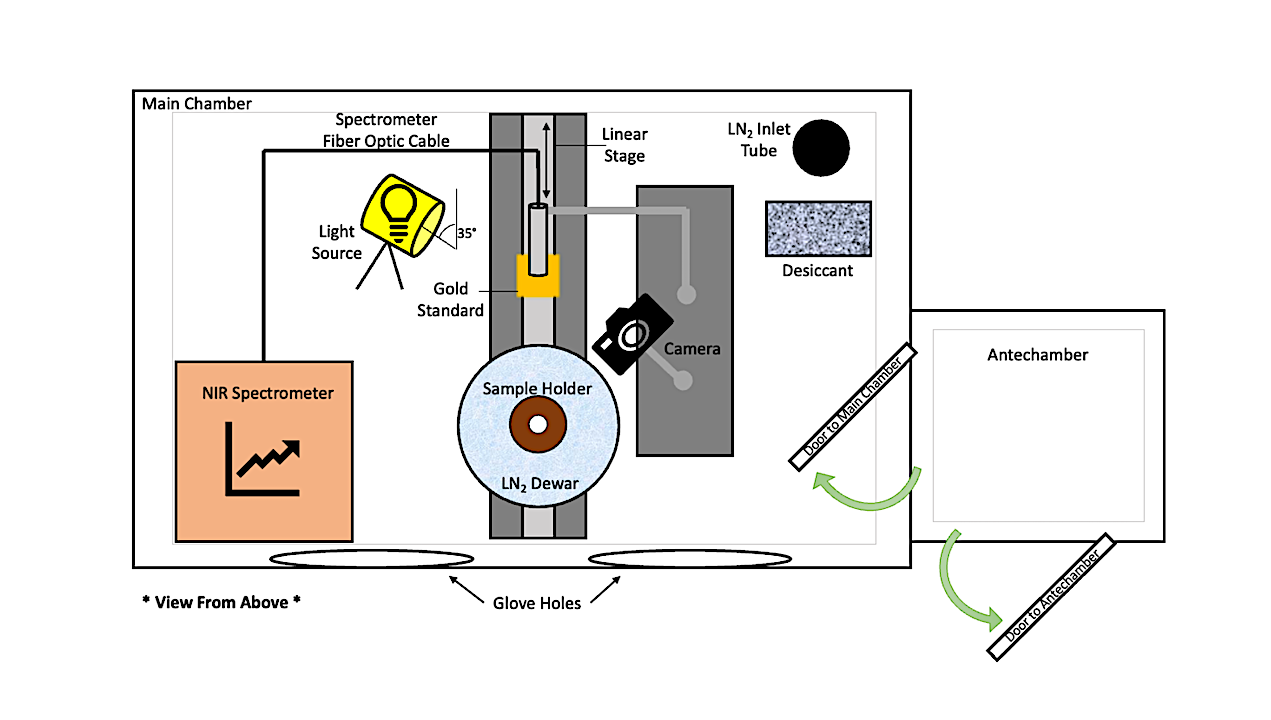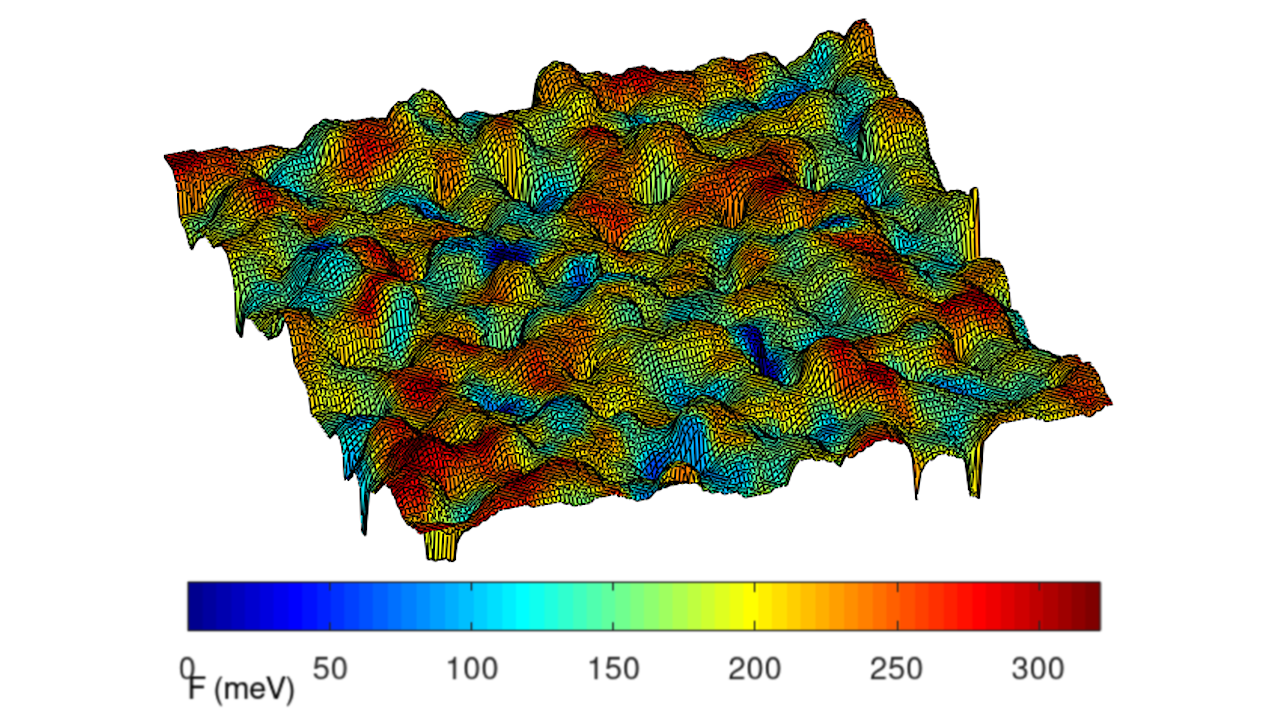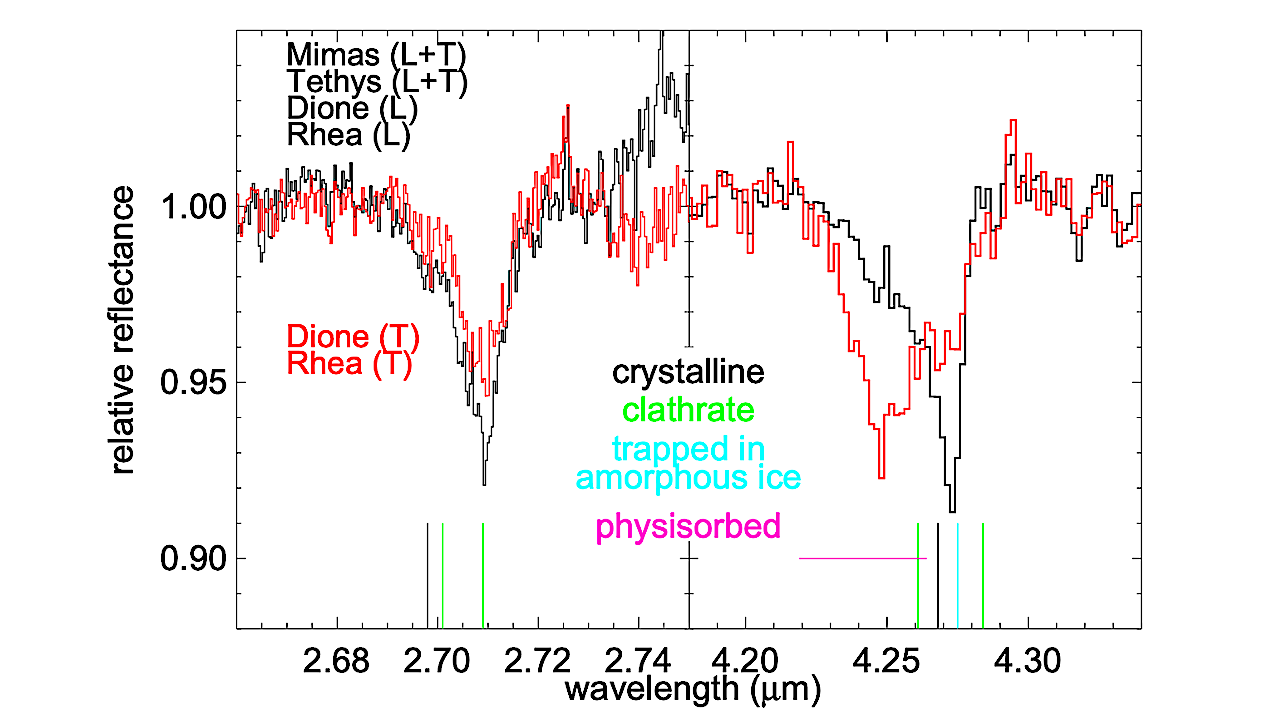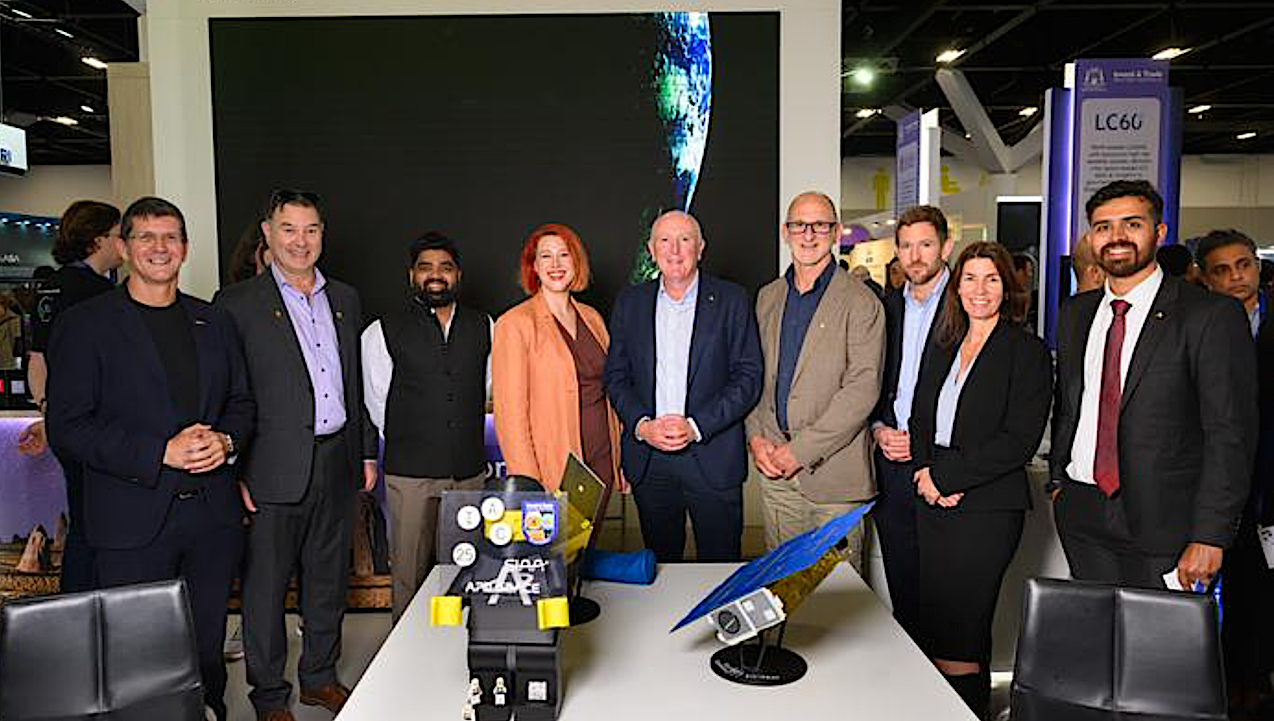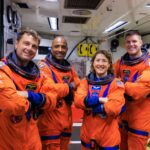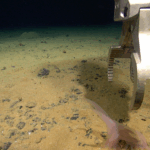Enceladus orbiting within Saturn’s E ring Credits: NASA/JPL/Space Science Institute larger image Saturn’s E ring is a huge, fuzzy, donut-shaped circle of particles around Saturn, that puzzled scientists for a
Astrobiology52- Page
Blood Falls seeps from the end of the Taylor Glacier into Lake Bonney. The tent at left provides a sense of scale for just how big the phenomenon is. Scientists
The intricate mechanisms of the most sophisticated laboratory on Mars are revealed in Episode 4 of the ExoMars Rosalind Franklin series, called “Sample processing.” The Rosalind Franklin rover’s drill has
Left: The HWO OS1 ConOps uses a reference star for wavefront sensing to expedite the wavefront control sequence. Center: After the dark hole is created, the observatory is slewed to
Credit Petter Bjørklund, Communications Officer at SFI Visual Intelligence and UiT The Arctic University of Norway Editor’s note: If we aspire to mount expeditions to new worlds and then embrace
False-color combination image, using all four MIRI imaging wavelength bands. For scale, we display the spatial extent of the giant planets in the solar system, highlighting that we are spatially
Block diagram of the CRONOS laboratory setup; dimensions are not necessarily to scale. All materials and equipment were given at least 30 minutes in the antechamber before moving into the
Result from a metadynamics simulation of the diffusion of a CO2 molecule over an ASW surface. The surface mesh indicates the van-derWaals surface of the ASW surface while the color
An average of the continuum-removed spectra of the leading and trailing hemispheres of Mimas and Tethys and the leading hemispheres of Dione and Rhea, in black, and of the trailing
The LifeSpringsMars Working Group with The Hon Stephen Dawson MLC, WA Minister for Science and Innovation at the 75th International Astronautical Congress in Sydney; (l-r) Professor Paolo de Souza, Edith
-
 012024 in Review: Highlights from NASA in Silicon Valley
012024 in Review: Highlights from NASA in Silicon Valley -
 02Panasonic Leica Summilux DG 15mm f/1.7 ASPH review
02Panasonic Leica Summilux DG 15mm f/1.7 ASPH review -
 03From Polymerization-Enabled Folding and Assembly to Chemical Evolution: Key Processes for Emergence of Functional Polymers in the Origin of Life
03From Polymerization-Enabled Folding and Assembly to Chemical Evolution: Key Processes for Emergence of Functional Polymers in the Origin of Life -
 04How New NASA, India Earth Satellite NISAR Will See Earth
04How New NASA, India Earth Satellite NISAR Will See Earth -
 05And Thus Begins A New Year For Life On Earth
05And Thus Begins A New Year For Life On Earth -
 06Astronomy Activation Ambassadors: A New Era
06Astronomy Activation Ambassadors: A New Era -
07SpaceX launch surge helps set new global launch record in 2024




